Marine Pollution Prevention
Korea Marine Disaster Prevention Cooperative Association Pioneering a New Future
It is composed of 4 regional branches and 38 member companies nationwide, equipped with a total of 134 pollution control vessels and various pollution control equipment.
The pollution control vessels maintain an emergency response posture to promptly respond to pollution accidents. They keep various pollution control equipment, such as oil skimmers and absorbents, and manage them to ensure swift and efficient pollution control operations. Additionally, they establish a cooperative system among relevant agencies through joint civil-military training for marine disasters and marine pollution accidents, preparing for pollution accidents.
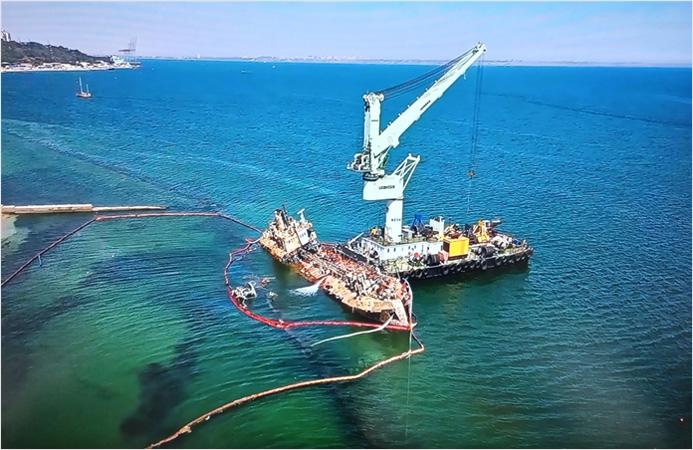
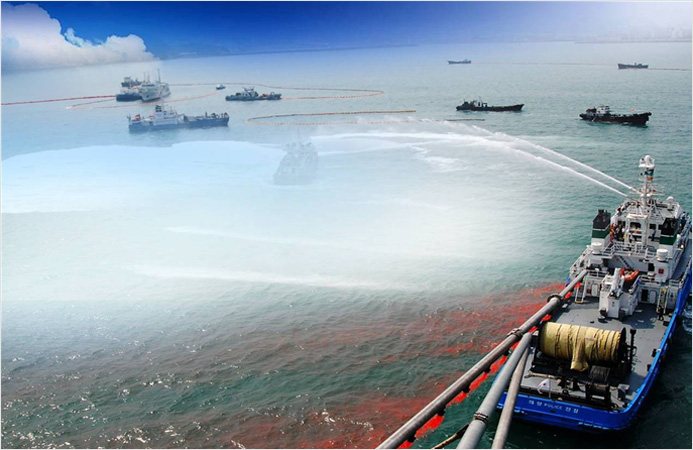
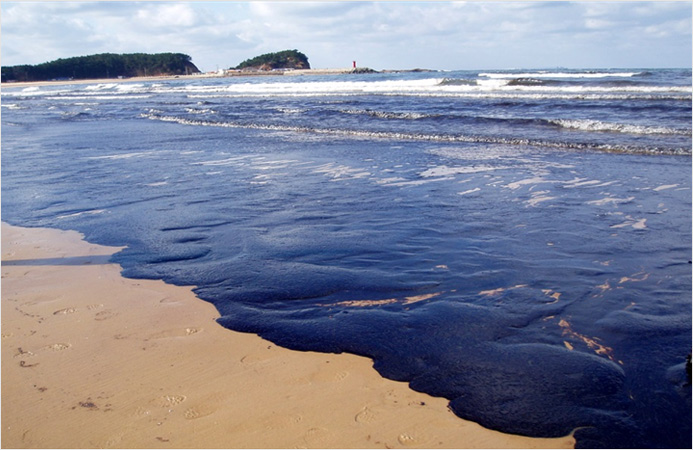
Business Purpose
To cultivate marine pollution prevention and response capabilities and swiftly remove oil and other waste materials from the ocean using rational and scientific methods to minimize economic losses for the country and its citizens.
Direction of Promotion
1. As a specialized pollution control company, enhancing the ability to respond to marine pollution accidents.
※ Participating in various training activities such as civil-military joint pollution control exercises and equipment operation training.
2. Minimizing marine pollution through prompt and rational pollution control measures.
Key Achievements
Coming soon.
Coming soon.
Request for Pollution Control Mobilization
| 14, Songpa-daero 28-gil, Songpa-gu, Seoul | ||
| 14, Chungjang-daero 13beon-gil, Jung-gu, Busan | ||
| 19, Iman-gil, 111 Saogae-ro, Incheon | ||
| 33, Ocheon 3-gil, Yeosu-si, Jeollanam-do | ||
| 69, Jangsaengpo Gorae-ro 179beon-gil, Nam-gu, Ulsan |
Coming soon.
Coming soon.
What is an Oil Spill Response Vessel?
Depending on the specific tasks of the vessel, it is classified as an Oil Skimmer, Oil Transfer Pump, and vessel equipped with a storage system for collected oil, and can be categorized as Pollution Control Vessel, Prevention Vessel, Cleaning Vessel, and Support Vessel.
photograph
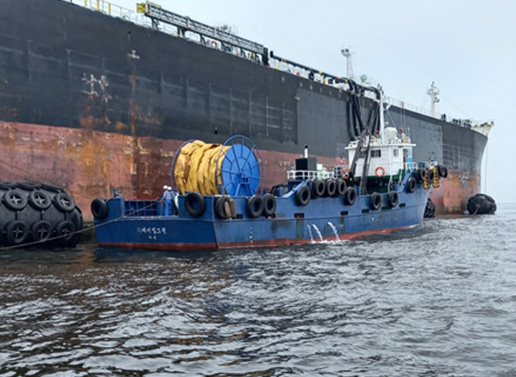
Oil Spill Response Vessel: Total tonnage 100 tons,
offshore area
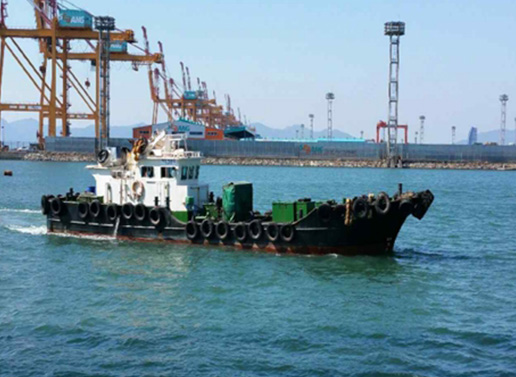
Oil Tanker: Total tonnage 27 tons,
cargo capacity 121 tons, flat
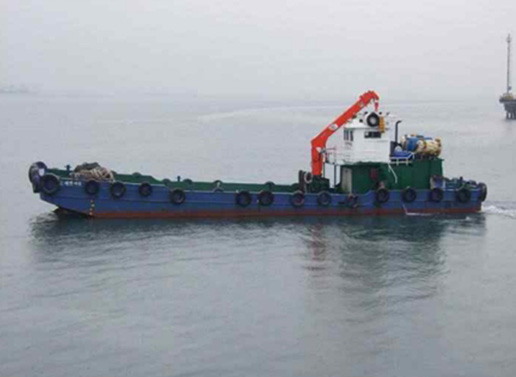
Work Vessel: Total tonnage 27 tons, flat zone
What is an Other Vessel?
A ship equipped for marine pollution control, emergency rescue, and maritime accident response at sea. Depending on the ship's primary function, it can be categorized as an oil tanker, pollution control and salvage vessel, or offshore base support vessel, among others.
photograph
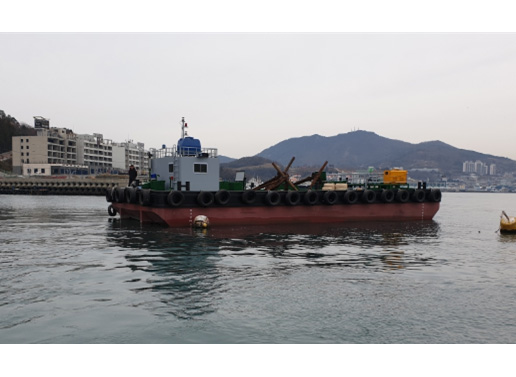
Oil Storage Barge :
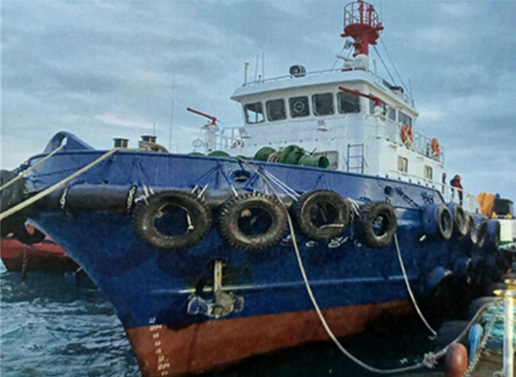
Oil Spill Response and Salvage Vessel:
Total tonnage 179 tons, coastal waters
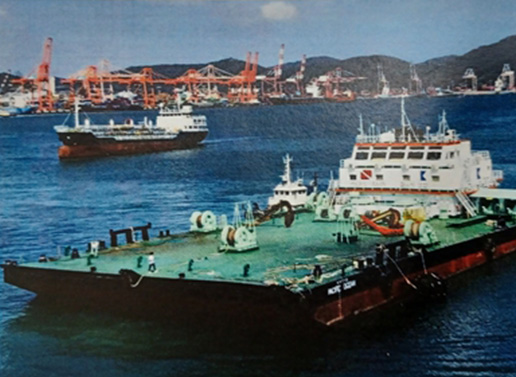
Offshore Base Support Vessel (4 Point Mooring Setting Barge): Total tonnage 2,841 tons, Dimensions 70x32x4, Coastal waters
What is an Oil Skimmer?
It is composed of an oil collection unit, buoyancy device or support equipment, and pumps to transfer the collected oil to storage facilities. It is classified according to the mechanical recovery method, which physically collects the floating oil on the water surface, into methods such as weir, oleophilic, vacuum, and trawl.
photograph
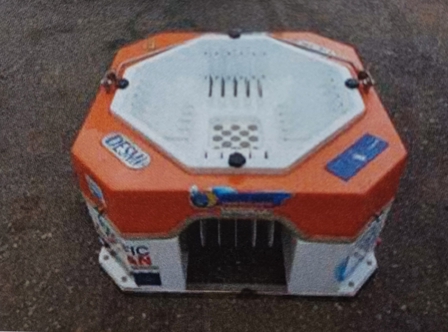
Disk type: Recovery capacity 30㎘/hr
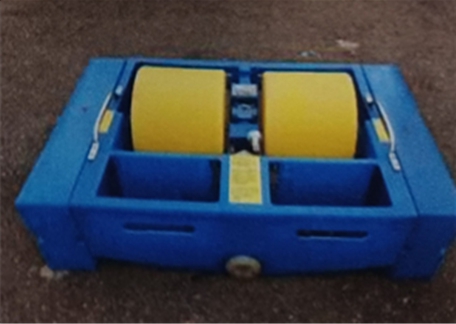
Drum type: Recovery capacity 20㎘/hr

Brush type: Recovery capacity 16㎘/hr
What is an Oil Fence?
To facilitate the recovery of offshore oil spills or prevent them from entering sensitive areas, suitable forms of oil barriers are installed. Depending on the installation form, they are categorized as curtain type, fence type, and others. Based on their size (above-water height + below-water height), they are classified as A (70 cm or less), B (70-150 cm), and C (150 cm or more).
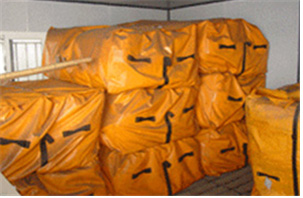
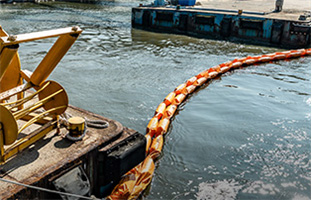
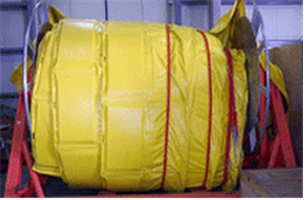
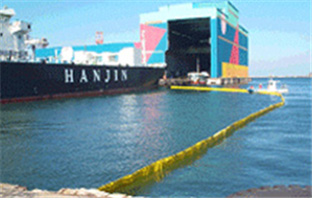

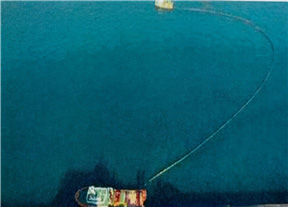
• It has a continuous skirt at the waterline and is supported by a solid or air-inflated hull.
• Air-inflated types can be stored in narrow spaces when the air is removed, whereas solid types are strong against damage but require large storage areas, and have excellent wave-following properties.
(2023.6.30 as of)